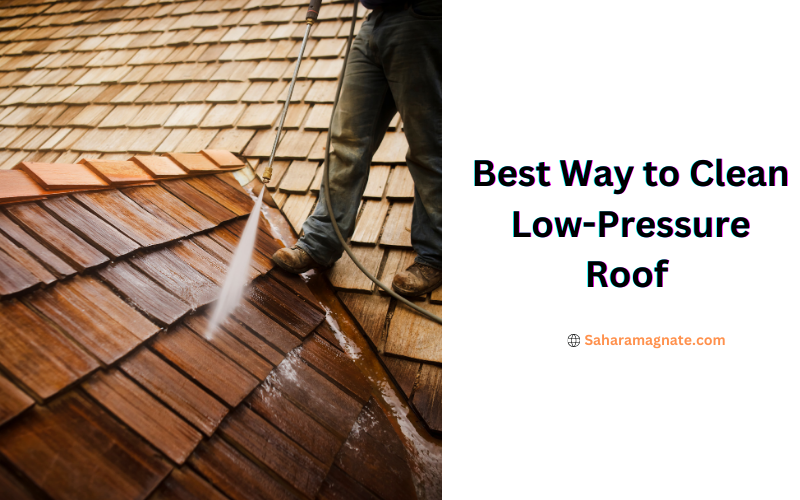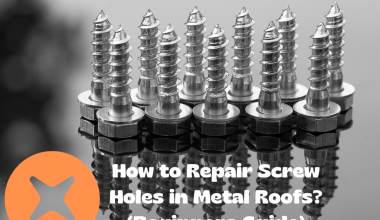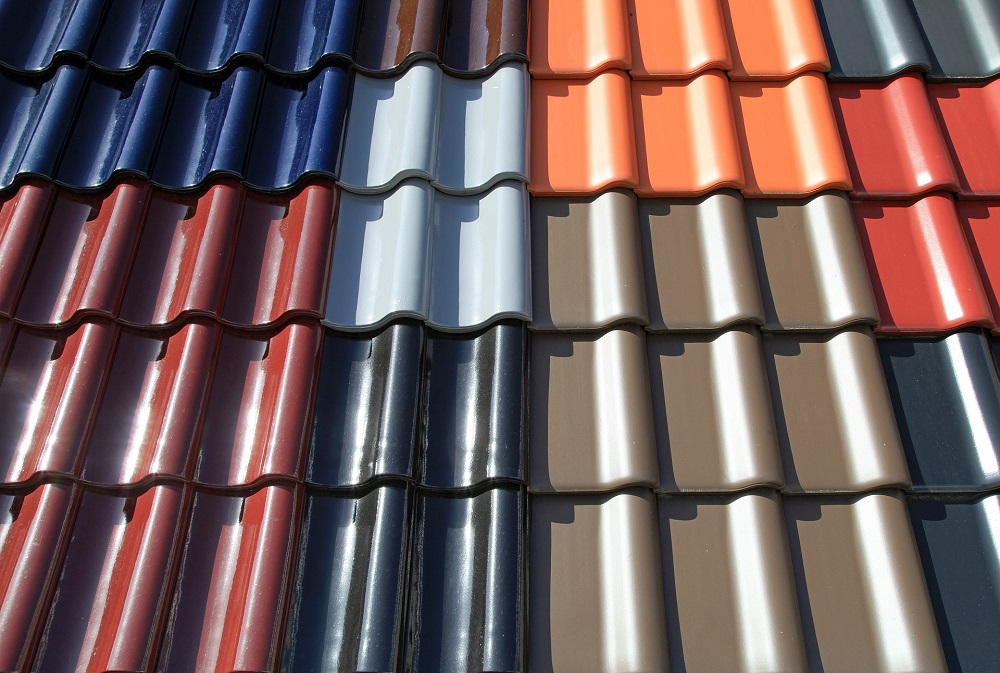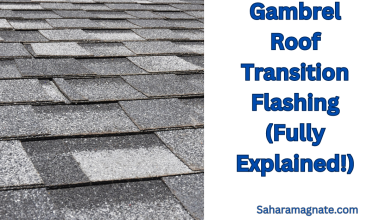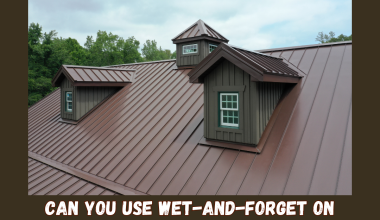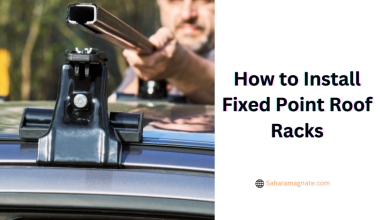If you’re looking for the best way to clean a low-pressure roof, you’ve come to the right place.
It may be tempting to just reach for a hose and a bucket of detergent, but you’ll find it’s much more effective—and easier—to take the proper steps and use the right equipment.
The good news is that roof cleaning doesn’t have to be daunting. With simple tools and DIY know-how, you can easily keep your roof looking it’s best year round.
In this article, we’ll provide tips on what equipment you need, how to set up safely, and more.
Whether you plan on doing it yourself or hiring a professional, we have all the essential details to ensure your low-pressure roof cleaning is done easily and efficiently. Let’s get started!
Best Way to Clean Low-Pressure Roof Cleaning
If you own a home, you know how important it is to keep your roof in good condition. But what’s the best way to go about doing that? Low-pressure roof cleaning is a great option that can help you get your roof back in tip-top shape.
Low-pressure roof cleaning uses special tools and techniques designed specifically to safely clean and maintain a roof.
This technique is much gentler than high-pressure cleaning, which can damage your roof and leave it vulnerable to further damage from the elements.
Low-pressure roof cleaning uses a low concentration of water and detergents that eliminate dirt, grime, and moss that could be building up on your roof.
Unlike some other roof cleaning methods, low-pressure roof cleaning doesn’t require any costly machinery or specialized training.
You only need the right equipment, such as a garden hose, sprayer, brush or soft-bristled scrub brush, and some mild detergent.
In addition, low-pressure roof cleaning is an environmentally friendly option that helps save water by using less than half the water needed for traditional power washing methods.
With low-pressure roof cleaning, you can effectively clean your roof without risking damage – it’s a win-win!
How Low-Pressure Roof Cleaning Works
As the name suggests, low-pressure roof cleaning utilizes low pressure to remove dirt, debris, and growth from your roof without damaging the surface. As in most cleaning techniques, there are two steps to the process.
The first is a pre-treatment with a gentle solution designed explicitly for low-pressure roof cleaning.
This solution is applied to the roof’s surface and allowed to soak for a few minutes to loosen and break down contaminants.
Next, a light mist of water is sprayed over the cleaned area. This produces an even coverage while utilizing minimal water pressure so as not to damage the roof.
Finally, the solution is rinsed away with a light water mist, leaving an evenly cleaned surface.
Overall, this low-pressure method is gentle yet effective in removing contaminants and other unwanted substances from your roof without doing any damage in the process.
Choosing the Best Roof Cleaning Equipment
One of the best way to clean a low-pressure roof is by choosing the right equipment and procedure to get the job done correctly.
Low-pressure cleaning is the best way to go since it helps prevent any harmful damage to your roof tiles and shingles.
The best equipment option for this type of cleaning is a pressure washer with a fan jet nozzle or low-pressure cleaner.
This nozzle provides adequate power with minimal impact, helping keep your tiles and shingles intact and providing long-term protection.
The Benefits of Low-Pressure Roof Cleaning
When cleaning a roof, one of the most critical aspects is pressure. It’s no secret that high pressure can damage your roof, but did you know there is a way to clean it effectively without damaging the shingles?
Low-pressure roof cleaning is a great way to keep your roof looking its best, and here’s why.
Longer life-span
Compared to high-pressure cleaning, low-pressure cleaning ensures that the pressure on your roof won’t damage the shingle surface.
This reduces the chances of tearing or cracking and can significantly extend your roof’s lifespan.
Cost-effective
Low-pressure gas and electric washers are typically much more affordable than other high-pressure systems that require bulky rigs full of pipes and hoses.
Not only is it cost-effective, it adds convenience as you won’t need to pay extra charges for pipework or unnecessary materials.
Environmentally friendly
Since low-pressure roof cleaning allows you to use fewer chemicals than high-pressure, it’s a better option from an environmental standpoint.
Plus, since it doesn’t produce as much splash or runoff as other methods, you don’t have to worry about contaminating nearby water sources or plants.
Minimizes damage to roof tiles and shingles
With scrubbing and high-pressure wash, the roof may be damaged from so much force in use. But with a low-pressure wash, there is no cause to fear that excessive force will spoil anything.
What to Look for in a Low-Pressure Roof Cleaning Service
It pays to do your research when you’re looking for a low-pressure roof cleaning service. Here are a few things you should look for:
Proper safety training and certifications
Ensure the team handling your roof cleaning has received the proper safety training and certifications.
High-pressure or power washing is dangerous and can cause damage to your roof, so make sure that the team you’re hiring is certified to use low-pressure roof cleaning methods.
Use of Non-toxic cleaners
Another essential factor to consider when selecting a roof cleaner is the type of cleaning agents they use.
Ensure they use non-toxic cleansers that will not harm your environment or yourself but still offer effective results. The detergents used should be biodegradable and environmentally friendly as well.
High-quality equipment
Finally, make sure that the team you hire uses high-quality equipment for the job. This means not only using professional-grade cleaners but also using proper scrubbing tools to ensure that all dirt, dust, and moss are removed from the top of your roof.
Good equipment will also ensure no damage is done to your shingles or other surface areas during the process.
Preparing the Roof Before Cleaning
Before you start cleaning your roof, there are a few things you want to do in preparation. This is important for getting the best possible result from your cleaning job.
Here’s what you should do:
- Clear the area around the roof and remove any debris that may have accumulated on top of it. You don’t want any objects in contact with the roof’s surface during cleaning.
- Ensure you have access to all roof areas, including those that may be difficult to reach or obscured by trees or other obstacles on your property.
- Check for cracked or damaged areas on the roof and repair or seal these before starting the cleaning, as this will help ensure that no water seeps through and causes further damage during the cleaning.
- Inspect all flashings—the metal sheets between two different roof areas—and fix any loose or missing pieces, as they will make a massive difference during cleaning and could help save money in repairs later on.
- Remove any moss or lichen growing on shingles and clean off any dirt from gutters to look its best before cleaning down with a low-pressure washing.
Following these preparation steps can make a huge difference when it comes time for a low-pressure washing job – so take them seriously!
Conclusion
Cleaning a low-pressure roof can be intimidating, but it doesn’t have to be. The best way to clean a low-pressure roof is to tackle the job with the right tools and materials.
From the proper detergent and cleaning solution to the right tools and equipment, there are plenty of effective ways to tackle a low-pressure roof cleaning job.
Remember to always work in sections, and don’t rush the job. Allow the cleaning solution to work and remove as much dirt and debris as possible.
Finally, inspecting your work afterward is always a good idea to ensure your roof is in top condition.
Low-pressure roof cleaning is an integral part of any home maintenance plan, but it can be made easier and more efficient with the right supplies and the proper process. With some know-how, you can keep your roof looking great for years!
